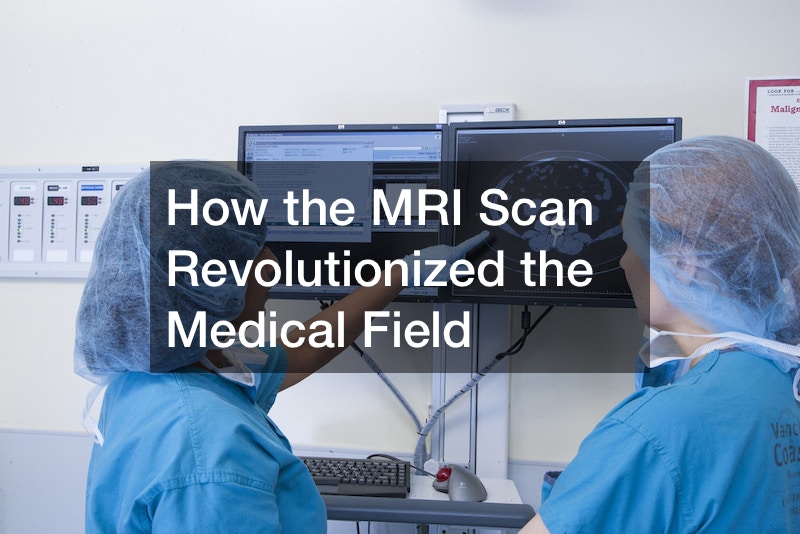How the MRI Scan Revolutionized the Medical Field


Magnetic Resonance Imaging (MRI) has revolutionized medical diagnostics, providing unparalleled insight into the human body. This non-invasive imaging technique has transformed the field by offering precise and detailed pictures of internal structures and tissues, aiding in the diagnosis and treatment of numerous medical conditions.
At the core of MRI lies the manipulation of magnetic fields and radio pulses, orchestrating a symphony within the body’s water molecules. This process allows healthcare professionals to create intricate 2D images that distinguish between healthy and damaged tissues with remarkable precision.
MRI technology harnesses the innate properties of hydrogen atoms, aligning them temporarily through magnetic fields and coaxing them to emit signals.
These signals are captured, translated, and transformed into detailed cross-sectional images, unveiling the body’s intricate internal landscape.
The technique’s ability to discern minute variations in tissue composition has proven invaluable in diagnosing conditions like brain hemorrhages and spinal issues. Moreover, the onset of specialized spinal MRI scan has significantly enhanced the accuracy of spinal diagnoses, enabling healthcare providers to pinpoint and address spinal abnormalities with greater efficacy.
Components like superconducting magnets and RF coils play pivotal roles in this process, generating and capturing the magnetic fields and signals that form the basis of these detailed images.
The MRI scan has become an indispensable tool in modern medicine, revolutionizing diagnostics, enhancing treatment accuracy, and ultimately contributing to improved patient outcomes and well-being.
.
